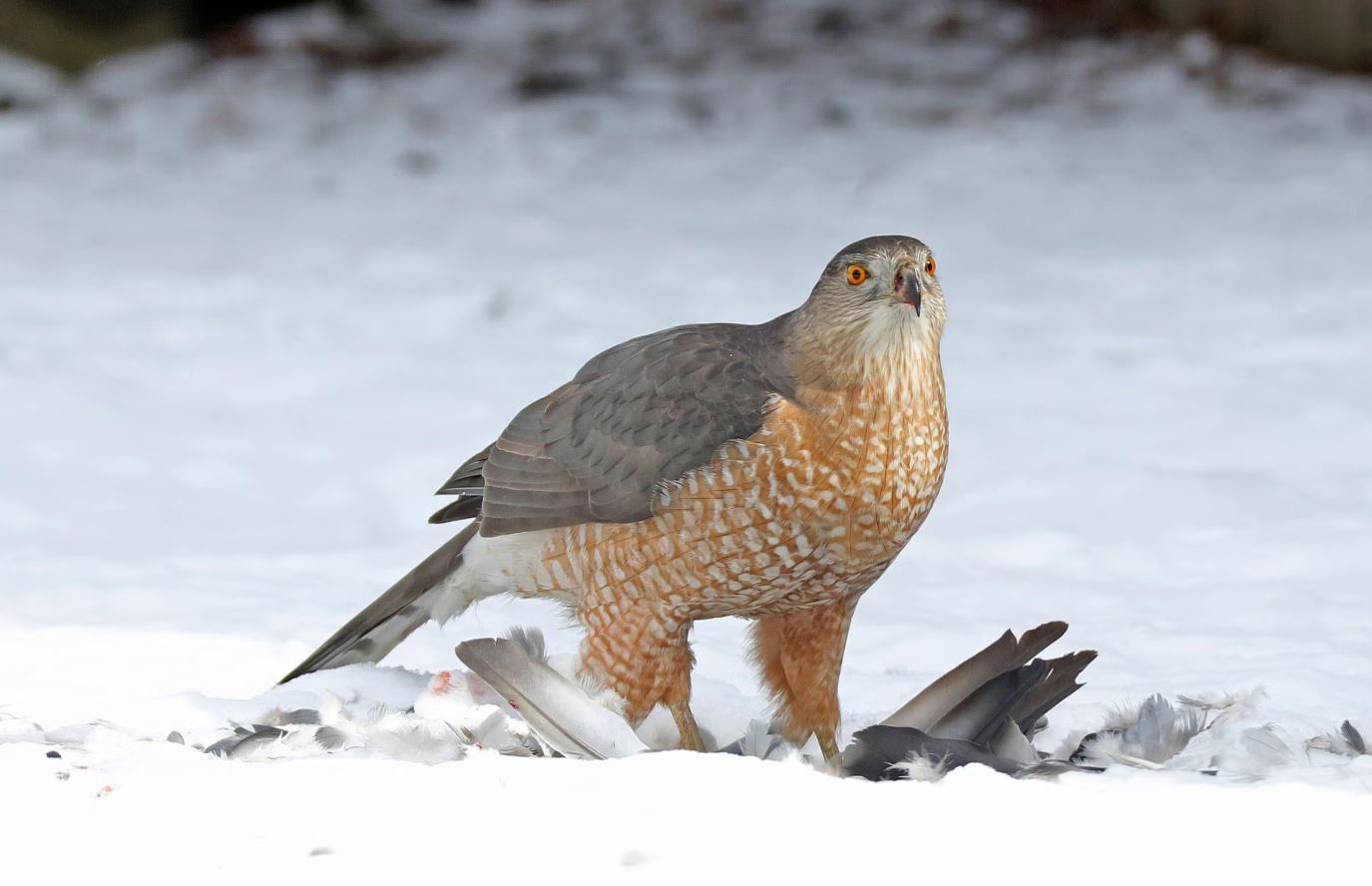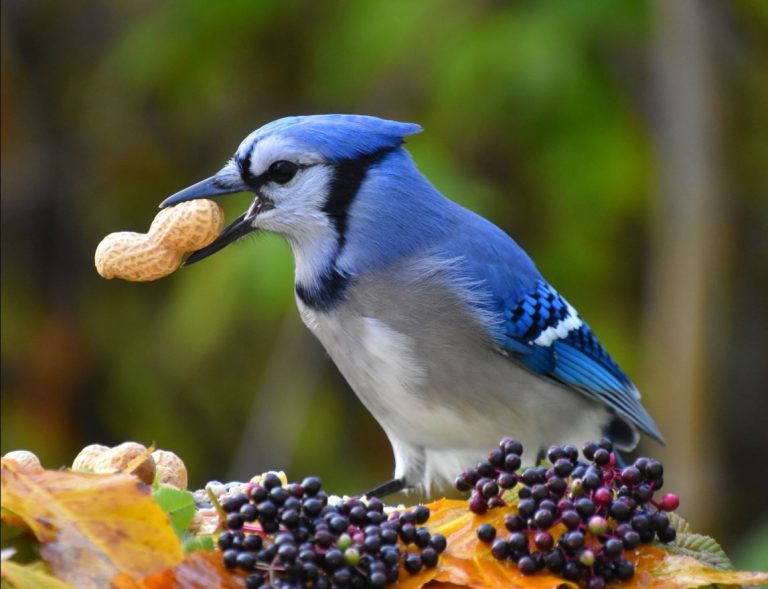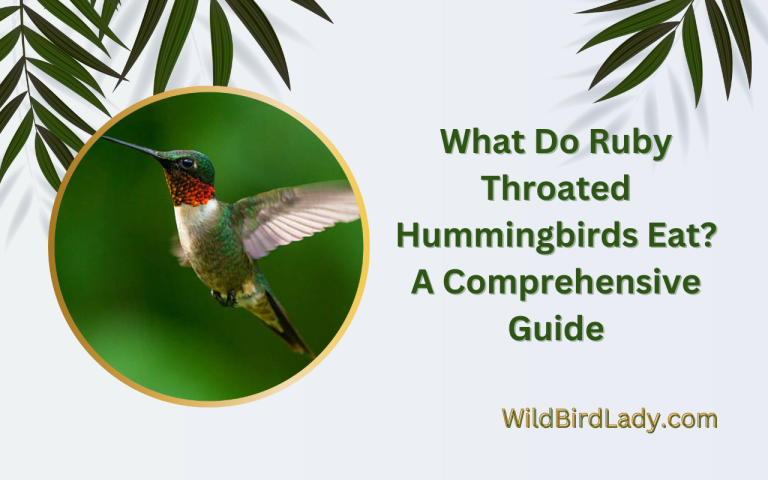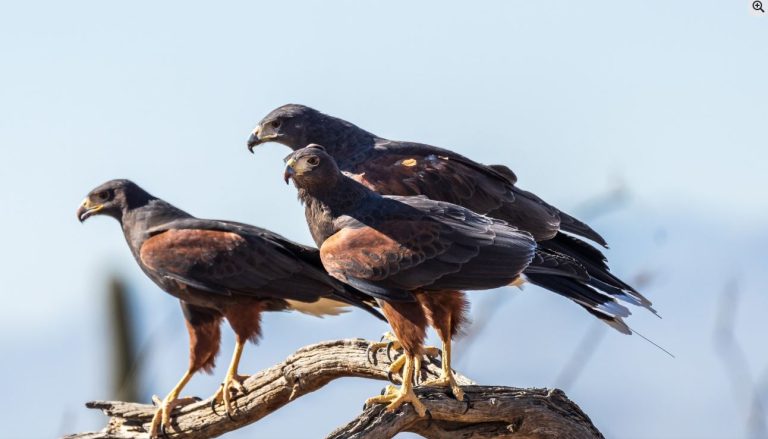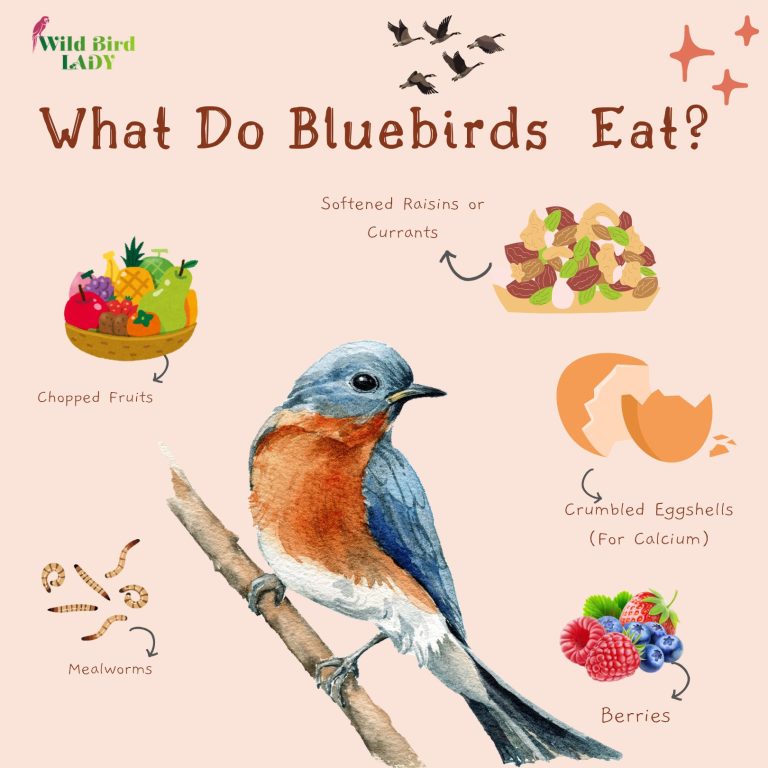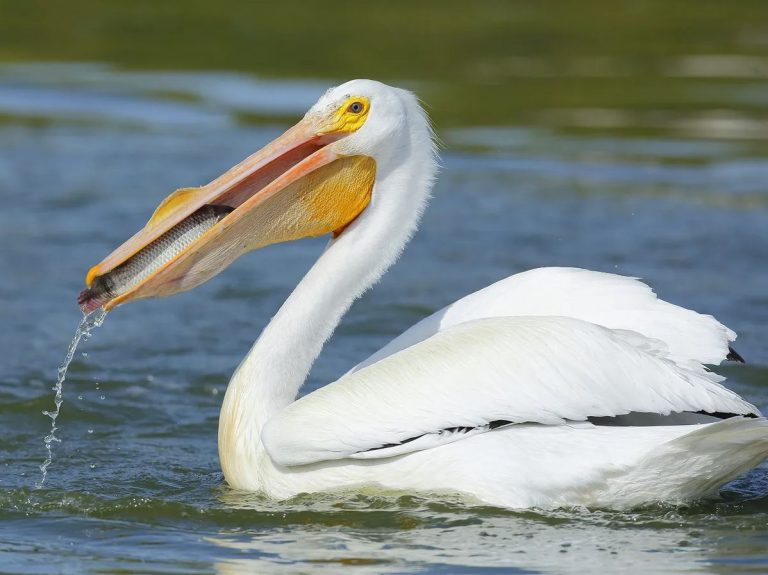What Do Cooper’s Hawks Eat? A Closer Look at the Diet of This Agile Urban Predator
It was a quiet morning in my backyard when a flurry of motion sent the songbirds scattering. All that remained was a puff of feathers—and perched calmly on a fence post was a Cooper’s Hawk, surveying the scene with piercing red eyes. That moment, brief and wild, encapsulated the power and precision of this incredible raptor.
As a birdwatcher for over 13 years, I’ve followed Cooper’s Hawks through urban parks, forest edges, and suburban neighborhoods. These hawks are masters of stealth and agility. But what exactly fuels them? What do Cooper’s Hawks eat?
Let’s dive into the surprisingly varied and adaptable diet of one of North America’s most fascinating hunters.
1. The Short Answer: Mostly Other Birds
Cooper’s Hawks are primarily bird-eaters. Their diet consists mainly of medium-sized birds, which they pursue with astonishing speed and maneuverability through dense trees and backyard feeders.
According to the Cornell Lab of Ornithology:
“About 80% of the Cooper’s Hawk diet is made up of other birds.”
These hawks are avian specialists, often targeting:
- Mourning doves
- Starlings
- Pigeons
- Robins
- Blue jays
- Northern flickers
- House sparrows
- Grackles
They hunt by surprise, using short bursts of speed and tight aerial turns, often catching prey mid-flight or crashing into shrubs to grab hidden birds.
2. Bird Feeders: A Hunting Ground, Not a Buffet
If you keep a bird feeder, you may have noticed a Cooper’s Hawk hanging around. While the seeds attract songbirds, the feeder itself becomes a natural ambush site for hawks.
This has led to a bit of controversy among bird lovers. But it’s important to remember:
“Cooper’s Hawks are part of the ecosystem. Their presence indicates a healthy food chain,” says the Audubon Society.
If you want to minimize hawk predation:
- Place feeders near dense shrubs for cover
- Use multiple small feeding spots instead of one central location
- Take feeders down for a few days if a hawk visits repeatedly
Still, hawks rarely decimate feeder flocks—they just occasionally capitalize on an easy meal.
3. Small Mammals: On the Menu, But Not the Main Course
While birds make up the bulk of their diet, Cooper’s Hawks also hunt small mammals, especially when birds are less available.
They may eat:
- Mice
- Voles
- Chipmunks
- Tree squirrels (especially juveniles)
- Bats (occasionally)
These hunts are often opportunistic. Unlike Red-tailed Hawks, which prefer rodents, Cooper’s Hawks don’t rely on mammals—but they’re not picky when survival demands flexibility.
In urban environments, these hawks have even been seen snatching rats in alleyways, demonstrating their adaptability.
4. Reptiles, Amphibians, and Insects: Rare But Not Unheard Of
Though uncommon, Cooper’s Hawks occasionally eat:
- Lizards
- Small snakes
- Frogs
- Large insects like grasshoppers or beetles
These are more likely to be consumed by juvenile or inexperienced hawks, or in environments where typical prey is scarce.
In my fieldwork, I’ve observed young Cooper’s Hawks chase grasshoppers in open fields or attempt to catch garter snakes on warm rocks. It’s a reminder that even specialist predators experiment as they grow.
5. Seasonal Changes in Diet
The diet of Cooper’s Hawks shifts throughout the year based on availability.
Spring and Summer:
- Abundant songbirds and nestlings
- Occasional predation on fledglings
- Squirrels and chipmunks more active
Fall and Winter:
- Reliance on flocking birds like starlings, pigeons, and sparrows
- Higher chance of catching birds at feeders
- Small mammals when bird populations dip
During harsh winters, I’ve seen Cooper’s Hawks grow noticeably bolder, sometimes diving toward porch railings or hunting close to buildings—driven by the scarcity of prey.
6. Hunting Tactics: Stealth Over Soaring
Unlike buteos like Red-tailed Hawks that soar above fields, Cooper’s Hawks are accipiters—built for maneuverability, not height.
Their hunting style includes:
- Surprise ambushes from low branches or perches
- Rapid, twisting flight through trees
- Pursuit into bushes or even ground chases
Their long tails and short, rounded wings give them the agility needed to navigate through tight forest canopies or neighborhood trees with ease.
The U.S. Fish and Wildlife Service describes Cooper’s Hawks as “woodland hunters,” perfectly adapted for dense, complex habitats.
7. Diet of Cooper’s Hawk Chicks and Nestlings
When raising young, adult Cooper’s Hawks become tireless hunters. A pair may catch dozens of prey items per week to feed a growing brood.
Most food brought to the nest includes:
- Small birds (often fledglings)
- Nestlings from other species
- Occasionally small mammals
Both parents help with hunting, though the male usually provides most of the food during incubation. The female tears the prey into small pieces and feeds the chicks.
If you ever find feathers scattered near a tall pine or oak, there may be a Cooper’s Hawk nest nearby.
8. Urban Adaptability: Pigeons, Doves, and Suburban Success
Cooper’s Hawks were once primarily forest-dwelling birds. But in recent decades, they’ve adapted impressively to urban life.
A study published in Ecology and Evolution (2020) found that Cooper’s Hawks in urban areas had higher nesting success—thanks to abundant prey like feral pigeons and mourning doves.
In cities, their diet may be:
- 60–80% pigeons and doves
- The rest made up of house sparrows, starlings, and squirrels
Their ability to thrive in neighborhoods shows how evolution and behavior can adjust in real time.
9. Misconceptions: Do They Eat Chickens?
Despite the name “Cooper’s Hawk,” they don’t regularly eat chickens.
They were historically called “chicken hawks,” along with Red-tailed and Sharp-shinned Hawks, because they occasionally targeted poultry.
However, adult chickens are often too large and well-defended. These hawks are far more likely to prey on:
- Baby chicks
- Bantams or small chicken breeds
- Doves and pigeons mistaken for poultry
If you keep backyard chickens and want to protect them:
- Cover runs with netting or wire
- Provide covered areas or shrubs
- Avoid lett
Summary Table: What Cooper’s Hawks Eat
| Food Type | Common Prey Items | Frequency | Notes |
|---|---|---|---|
| Birds | Mourning doves, robins, starlings, sparrows, jays, pigeons | ⭐️ Very common | Makes up 70–90% of diet; primary prey category |
| Small Mammals | Mice, voles, squirrels, chipmunks, rats | ⚠️ Occasionally | More frequent in winter or urban environments |
| Reptiles & Amphibians | Lizards, frogs, small snakes | 🚫 Rare | Usually opportunistic or by young hawks |
| Insects | Grasshoppers, beetles | 🚫 Rare | Sometimes eaten by juveniles or in low-prey environments |
| Nestling Prey | Baby birds, fledglings | ✅ Seasonally common | Especially when feeding chicks during breeding season |
| Urban Adaptations | Pigeons, house sparrows, starlings | ✅ Very common | Thrive in cities and suburbs due to abundant bird populations |
Final Thoughts: A Predator With Precision
So, what do Cooper’s Hawks eat?
Mostly other birds—but also mammals, reptiles, and the occasional bug. They are agile, sharp-eyed hunters that have not only adapted to forests and woodlands but have become urban apex predators, finding success on backyard fence posts, city parks, and suburban rooftops.
As a birdwatcher, I find them exhilarating to observe—both awe-inspiring and deeply instructive. Their hunting success is not brutality, but balance. Not savagery, but survival.
And every time I see a flash of feathers and silence falls over the feeder, I’m reminded: Cooper’s Hawks are part of nature’s design—efficient, adaptable, and vital.
FAQs
❓What is the main food source of Cooper’s Hawks?
Cooper’s Hawks mainly eat medium-sized birds like doves, robins, starlings, and pigeons. Birds make up the majority of their diet, especially in forested and urban areas.
❓Do Cooper’s Hawks eat squirrels and other mammals?
Yes, but not frequently. They may hunt small mammals like mice, voles, or juvenile squirrels, especially in colder months or when birds are less available.
❓Do Cooper’s Hawks eat chickens?
Rarely. They might target baby chicks or small chicken breeds (bantams), but adult chickens are generally too large. They more commonly prey on pigeons and doves.
❓Are Cooper’s Hawks dangerous to backyard bird feeders?
They may visit feeders to hunt the songbirds that gather there. While it can be unsettling, it’s part of a healthy food chain and doesn’t usually impact bird populations long-term.
❓Do Cooper’s Hawks eat reptiles or insects?
Only occasionally. Juvenile hawks may eat frogs, lizards, or large insects if other prey is scarce, but these are not a regular part of their diet.
❓What do Cooper’s Hawks feed their babies?
During nesting season, adults bring a steady supply of small birds and fledglings to feed their chicks. Both parents participate in hunting and feeding.

